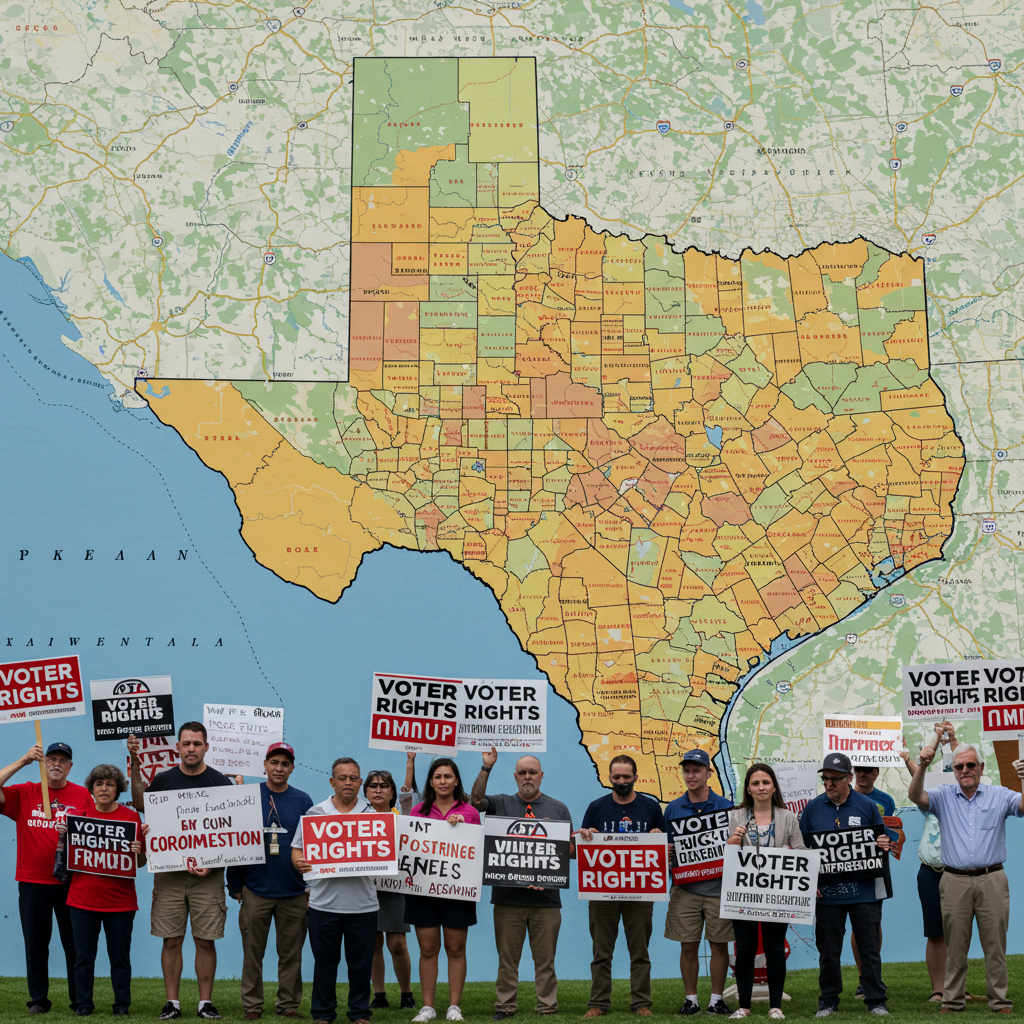political maneuvers are intensifying in Washington as President Donald trump signals potential flexibility on his firm July 4th deadline for a sweeping legislative package. This massive bill, formally dubbed the “One Big Beautiful Bill Act,” faces an uphill battle in the senate. Republicans are struggling to rally enough votes amidst significant internal disagreements. The pressure is on to deliver key policy victories, but the calendar and procedural hurdles are creating uncertainty.
The Bill’s Broad Ambitions and Deep Divides
This ambitious legislation represents a cornerstone of President Trump’s agenda. It touches nearly every aspect of domestic policy. Supporters argue it’s essential for economic growth and national security. Critics warn it will balloon the national debt and harm vulnerable populations.
Unpacking the Policy Priorities
The Senate version of the bill contains several major components. It proposes making the 2017 tax cuts permanent, a move Republicans estimate would prevent a $4 trillion tax increase. The bill includes new tax breaks, like deductions for tips and overtime, though the Senate version capped some benefits. On the spending side, it aims for substantial cuts. These cuts, totaling an estimated $1.2 trillion, would largely impact programs like Medicaid and food stamps through stricter eligibility and work requirements. Border security sees a dramatic proposed increase. Roughly $150 billion is authorized for the Department of Homeland Security. This includes tens of billions for new detention facilities and deportation efforts. The package also controversially includes a provision to raise the national debt limit by $5 trillion. Energy policy is affected, with proposals to roll back green energy tax credits. There are also new taxes on wind and solar power. This could increase costs significantly for some renewable projects.
Fiscal Implications and Criticism
The Congressional Budget Office estimates the bill would add $3.3 trillion to the national debt over a decade. This has drawn sharp criticism from fiscal conservatives and Democrats alike. Billionaire Elon Musk, a former Trump adviser, publicly attacked the bill. He called it “utterly insane and destructive” and warned of its potential economic impact. Environmental groups are also heavily critical. They point to the removal of renewable energy incentives and taxes on clean energy sources. Proposed cuts to Medicaid and food aid have sparked widespread opposition. Democrats are unified in their stance against the package as currently written. They argue it prioritizes tax breaks for the wealthy over essential social programs.
Senate Scramble: Process, Divisions, and the Clock
Pushing this massive bill through the Senate is proving to be a logistical and political challenge. The legislative process is marked by marathon sessions and deep divisions within the Republican ranks. Securing the necessary votes has become a formidable task.
The Marathon Vote-a-Rama
The Senate recently engaged in a record-breaking “vote-a-rama” session. This procedural tactic allows for unlimited amendments to certain types of bills. The session lasted over 24 hours, setting a historical record with more than 45 consecutive votes. Democrats used this process to force votes on contentious amendments. They aimed to highlight controversial aspects of the bill. Senate Minority Leader Chuck Schumer vowed to make Republicans defend cuts to social programs and tax breaks for the wealthy. Specific amendment votes revealed points of contention. An amendment to increase funding for rural hospitals, funded by higher taxes on the wealthy, failed despite some Republican support. An amendment to strike a controversial federal ban on state AI regulations passed overwhelmingly (99-1), following prior compromises and later reversals by sponsors.
Navigating GOP Divisions
Republican unity is crucial for passing the bill, but it remains elusive. Several GOP senators have voiced concerns about specific provisions. Senators like Rand Paul and Thom Tillis initially voted against even debating the bill. Tillis cited concerns about Medicaid cuts and potential rural hospital closures. Following criticism from President Trump over his stance, Tillis announced he would not seek re-election. Senator Susan Collins also expressed reservations. She criticized Democrats but also highlighted the need to protect rural hospitals from proposed Medicaid cuts. Even senators who supported moving forward, like Josh Hawley, indicated their final vote could depend on further changes. The narrow 51-49 procedural vote to begin debate underscored the fragility of Republican support. With Democrats unified in opposition, Senate Majority Leader John Thune can afford to lose very few GOP votes on final passage.
Procedural Roadblocks
Beyond political divisions, the bill faces technical hurdles. The Senate parliamentarian plays a key role in determining which provisions comply with procedural rules. Several items crucial to Republicans were removed from the bill after the parliamentarian ruled they were not permissible. These included measures to curb environmental regulations and limit federal judges’ powers. A central Medicaid provider tax overhaul provision also reportedly failed to meet procedural requirements. These rulings necessitate further changes and negotiations, slowing down the process.
Trump’s Shifting Stance and Pressure Tactics
President Trump initially set a clear target: get the bill passed by July 4th. This date was presented as a non-negotiable deadline. However, as the legislative reality set in, his stance began to evolve.
From Firm Ultimatum to Flexibility
Trump publicly expressed his desire for a July 4th passage. He told reporters on the South Lawn that he “would love to” meet the date. But he quickly added realism, stating he thought it was “very hard.” His goal, he suggested, was “somewhere around there.” Later in the week, he appeared to waffle further. He described the deadline as “not the end-all.” Passage “can go longer,” he conceded, though he preferred it done by then “if possible.” This public shift acknowledged the difficulties the bill was facing in the Senate. However, reports also indicated he later reiterated the July 4th goal on social media. He stressed that the House must be ready to act quickly.
Pressure Campaign and Political Stakes
President Trump has actively sought to pressure hesitant Republicans. He has publicly blasted holdouts as “not good people.” He also reminded senators that they “still have to get reelected.” This pressure campaign aimed to force movement and consensus within the GOP. The political stakes are high. Passing this bill is seen as critical to fulfilling major campaign promises. Failure would be viewed as a significant setback for the administration. The internal Republican debate reflects a tension between party loyalty, policy details, and political survival.
House Readiness and Other Political Currents
Even if the Senate overcomes its challenges, the bill must return to the House for final approval. House Republicans, who narrowly passed their version earlier, are watching the Senate process closely. Potential Senate changes are a source of concern.
House Republicans Weigh In
House Speaker Mike Johnson has expressed commitment to the July 4th timeline. He stated the House is ready to act as soon as the Senate sends the bill over. House leaders have advised members to be prepared to return to Washington. This could interrupt their planned Independence Day recess. However, many rank-and-file House Republicans are prioritizing policy over speed. They are particularly concerned about potential changes the Senate might make to Medicaid funding provisions. Some warn they might withdraw support if these changes are unfavorable. Getting the bill “correct” is seen as more important than adhering rigidly to the deadline. The timeline, some suggest, might ultimately depend heavily on President Trump’s demands.
Broader Political Landscape
The debate over the megabill is occurring amidst various related political developments. President Trump recently visited a controversial immigrant detention center in Florida. This facility has been nicknamed “Alligator Alcatraz.” The Department of Homeland Security has also reportedly created a new national citizenship database. This could potentially be used for voter eligibility verification. While not directly tied to the bill’s passage, these events underscore the administration’s focus on immigration policy. This is a key component of the proposed legislation.
Looking Ahead: What’s Next?
The path forward for the “One Big Beautiful Bill Act” remains uncertain. The July 4th political deadline adds urgency but is not the only factor. Real-world deadlines loom. The country is projected to potentially run out of cash to pay its debts by summer. Raising the debt limit is included in the bill. The 2017 tax cuts are set to expire at the end of the year. These create more concrete timelines.
Senate Republicans must navigate procedural hurdles and bridge internal divides. They need to solidify enough votes for final passage. The House stands ready but with caveats about potential Senate changes. The coming days will reveal whether Republicans can coalesce around a final package. They must decide if meeting the President’s July 4th aspiration is feasible. Or if the complexities of governing require a more flexible approach.
Frequently Asked Questions
What is the “Trump megabill” and what major areas does it cover?
The “Trump megabill,” formally the “One Big Beautiful Bill Act,” is a comprehensive legislative package. It aims to overhaul tax, healthcare, energy, and immigration policy. Key proposals include making 2017 tax cuts permanent, cutting Medicaid and food stamps, increasing border security funding significantly, and raising the national debt limit. It also impacts clean energy incentives.
Why is the July 4th deadline for the Trump bill proving difficult to meet?
Meeting the July 4th deadline is challenging due to significant Republican divisions in the Senate. Senators disagree on key provisions like Medicaid cuts and tax details. The bill also faces procedural hurdles, including rulings from the Senate parliamentarian that remove certain measures. The process involves lengthy debate and numerous amendment votes (“vote-a-rama”), requiring extensive negotiation and time.
What are the main points of conflict causing Republican divisions on the bill?
Divisions among Republicans center primarily on the extent of proposed spending cuts, particularly to programs like Medicaid. Some senators are concerned about the impact on rural hospitals and healthcare access. The inclusion of the debt limit increase within the package is also a point of contention for some fiscal conservatives. Resolving these policy details is essential but difficult.
Conclusion
The fate of the “One Big Beautiful Bill Act” hangs in the balance as the July 4th deadline approaches. President Trump has signaled flexibility, acknowledging the difficulties in the Senate. Republican infighting and procedural challenges are slowing progress. While the House awaits, concerned about potential changes, the pressure mounts. Whether Congress can deliver this sweeping package by Independence Day remains uncertain. The need for consensus on contentious policy points and overcoming legislative hurdles are the immediate tests for Republican leadership.


